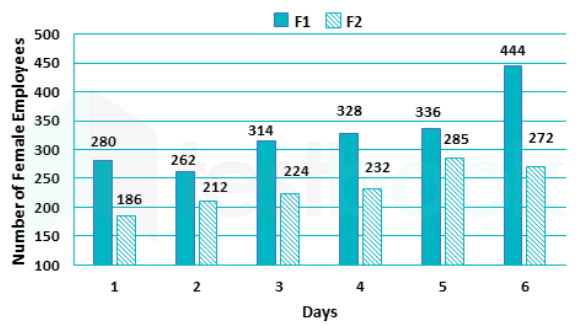Number of 'falling stars' per day is
1,000−2,000
10,000−50,000
50,000−500,000
0.5−1.0 millions.
The correct Answer is:D
Step by step video, text & image solution for Number of 'falling stars' per day is by Biology experts to help you in doubts & scoring excellent marks in Class 12 exams.
Updated on:21/07/2023Topper's Solved these Questions
- HUMAN EVOLUTIONBOOK - DINESH PUBLICATIONCHAPTER - HUMAN EVOLUTIONEXERCISE - Check Your Grasp
10 Videos
- GROWTH, REPAIR, REGENERATION AND AGEINGBOOK - DINESH PUBLICATIONCHAPTER - GROWTH, REPAIR, REGENERATION AND AGEINGEXERCISE - Brain Teasers-VI[B]
6 Videos
- HUMAN HEALTH AND DISEASEBOOK - DINESH PUBLICATIONCHAPTER - HUMAN HEALTH AND DISEASEEXERCISE - CHECK YOUR GRASP
13 Videos
Similar Questions
A library has an average number of 510 visitors on Sunday and 240 on other days. The average number of visitors per day in a month of 30 day beginning with Sunday is :
View SolutionA library has an average of 510 visitors on Sundays and 240 on other days. The average number of visitors per day in a month of 30 days beginning with a Sunday is (a) 250 (b) 276 (c) 280 (d) 285
View Solution
Knowledge Check
Fallings star are
ACometsBAsteroidsCMeteorsDSatellites.The Bar graph given below presents the number of female employees working in two factories on six different days of a week.

What is the difference (correct up to two decimal places) in the average number of females working per day in a factory F1 and the average number of females working per day in a factory F2?A87.33B125.33C92.17D96.25A zoo has a average of 500 visitors on Sundays and 200 on other days. The average number of visitors per day in a month of 30 days beginning with a Sunday is:
A225B275C300D250
Saliva produced per day is
View SolutionA library lias an average of 265 visitors on Sundays and 130 visitors on other days. The average number of visitors per day in a month of 30 days beginning with a Monday is:
View SolutionA library has an average of 510 visitors on Sunday and 240 on other days. What is average number of visitors per day in a month of 30 days beginning with a Sunday?
View SolutionA library has an average number of 510 visitors on Sunday and 240 on other days. The average number of visitors per day in a month of 30 day beginning with Sunday is :
View SolutionIf the total number of photons falling per unit area of a leaf per minute is kept constant, then which of the following will result in maximum photosynthesis ?
View Solution
